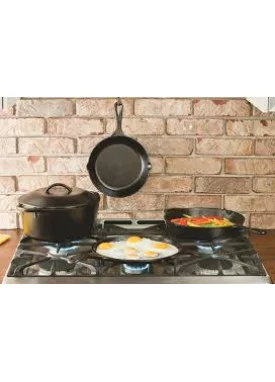How To Lead a Stress-free Life : The Relaxation Technique
Stress
Relaxation Technique – In stressful periods, the nervous system is forced into a “fight or flight” response. This response triggers the release of certain chemicals within the body, including adrenaline, norepinephrine, and acetylcholine.
During this release of chemicals, the body is immediately affected by many physical symptoms. These symptoms include an elevated heart rate, increased respiratory rate, blood vessel narrowing, and muscle tightening. The long-term presence of stress can weaken the body.
Using relaxation techniques to reduce the physical response to stress may aid in producing the “relaxation response.” During this period of deep relaxation, the body can experience the following:
- A fall in heart and breathing rates
- Lowered blood pressure
- Muscle relaxation
- Improved energy and focus
- Pain relief and healing
Tea helps you to calm your nerves and reduce the stress
When are Relaxation Technique used ?
As everyone experiences stress differently and with varied symptoms, finding the relaxation method that works for the individual is important.
People should be sure to find what works for them so that they can stick to a relaxation program with ease. It is important to be able to add relaxation into a daily routine to keep stress levels under control.
Relaxation techniques can be used in a variety of stressful conditions such as:
- Anxiety linked to illnesses or medical procedures
- Insomnia
- Labor pain
- Nausea caused by chemotherapy
- Jaw problems
- Pain
Banana’s are loaded with potassium which helps to keep blood pressure low
There are certain conditions for which relaxation techniques may prove helpful. These conditions include:
Childbirth
Guided imagery, self-hypnosis, progressive muscle relaxation, and breathing techniques may help with reducing the pain experienced during labor.
Depression
Relaxation technique have not been proven to be as helpful as cognitive behavioural therapy in treating depression. However, studies report that people with depression who use relaxation techniques experience more symptom relief compared with people receiving no treatment.
Heart Disease
The use of relaxation techniques has proven to have short-term benefits in people with high blood pressure.
Insomnia
People with long-term insomnia may benefit from practising relaxation techniques, coupled with proper sleep hygiene and other sleep-related strategies.
Nausea
For those undergoing cancer chemotherapy and using antinausea medications, some relaxation techniques like guided imagery and progressive muscle relaxation may offer symptom relief.
Anxiety and Relaxation Techniques
A reduction in anxiety related to health problems or medical procedures can be attributed to the use of relaxation techniques. However, researchers have yet to prove that people with generalised anxiety disorder benefit from the use of relaxation techniques.
Older adults with anxiety do benefit from relaxation techniques. Again though, research shows that in this group, the long-term effects of anxiety reduction are best in those who receive cognitive behavioural therapy.
Almonds, pistachios and walnuts can boost your immune system with vitamins and zinc
Examples of relaxation techniques
There are a variety of relaxation technique which can be used for certain medical problems or health issues. Examples include the following:
• Autogenic training: This method of relaxation focuses on concentrating on physical body sensations, including warmth, heaviness, and relaxation throughout the whole body.
• Biofeedback-assisted relaxation: Relaxation is taught by using electronic devices to provide body function measurements.
• Deep breathing or breathing exercises: This method of relaxation focuses on deep, slow, even breaths that can be used alone or in combination with other techniques.
• Guided imagery: Also referred to as visualization. Guided imagery focuses on replacing negative feelings with positive, pleasant images, touches, smells, tastes, and sounds.
• Progressive muscle relaxation: This method of relaxation requires the ordered tensing and release of muscle groups. It may be used in combination with other methods of relaxation.
• Self-hypnosis: During self-hypnosis, relaxation is enabled through a state of focused attention.
• Rhythmic movement: Mindful physical activity, such as running, swimming, or dancing leads to a relaxation response by the person both engaging in their activity and being fully present in the moment.
• Body scan meditation: This relaxation technique re-quires paying close attention to and focusing on the sensations felt in various parts of the body.
• Mindful meditation: During mindful meditation, people are encouraged to be in the present, which can be achieved through daily activities such as meditating, eating, or walking.

























